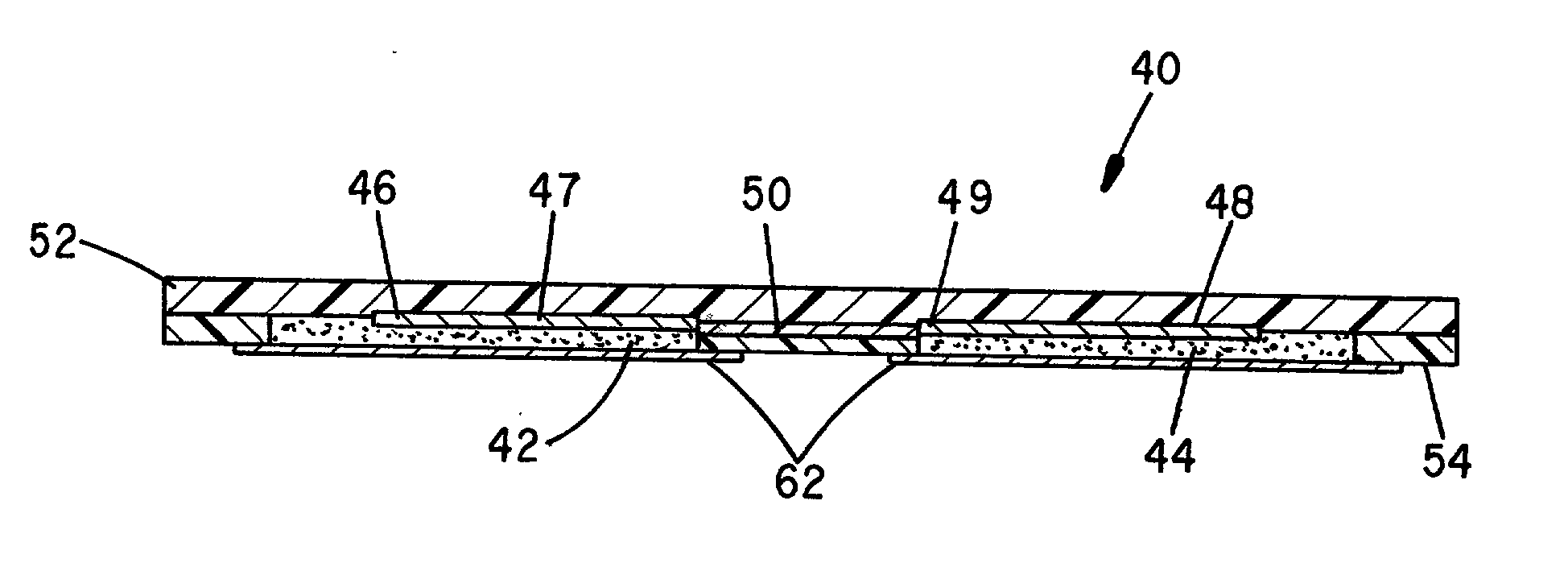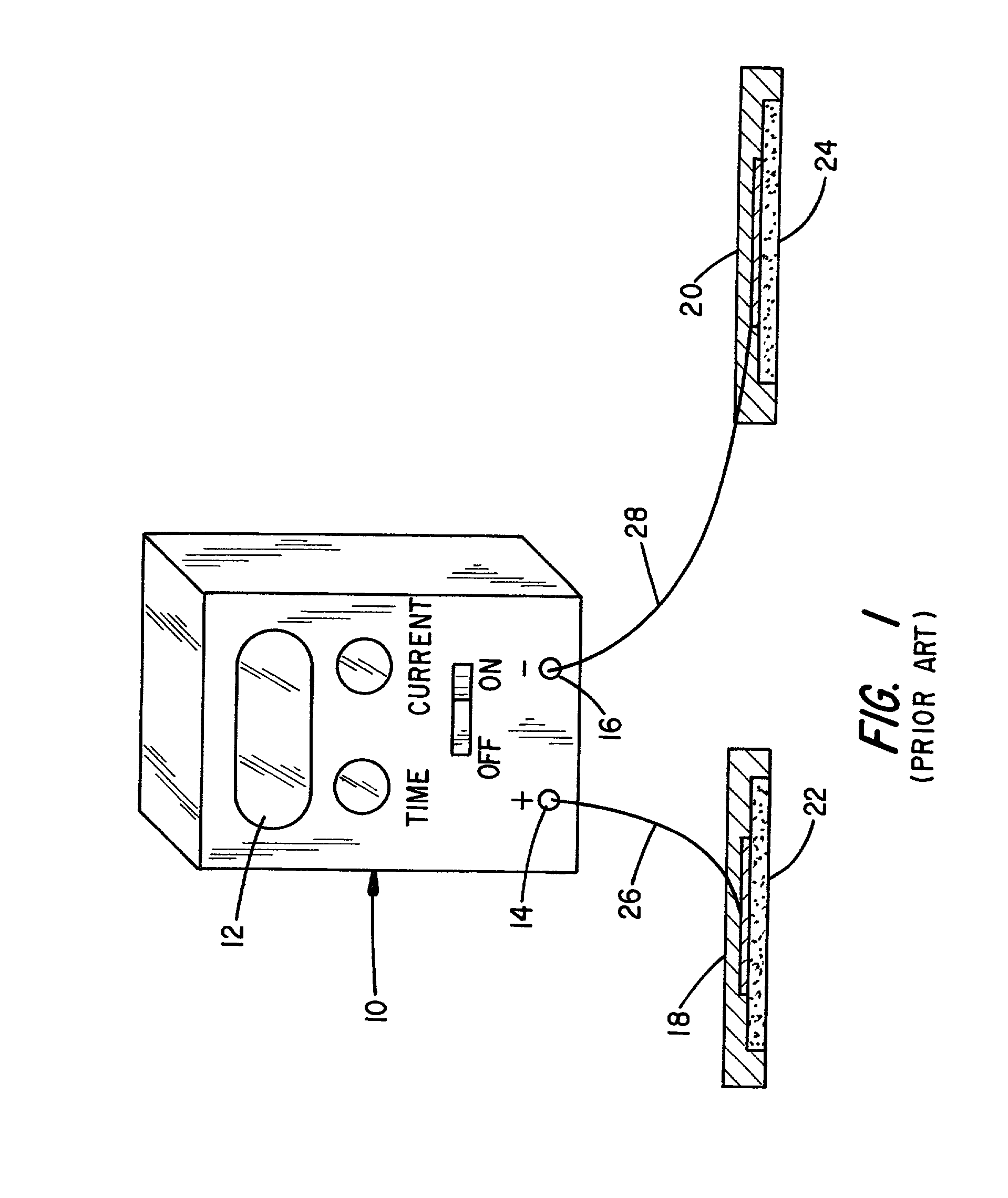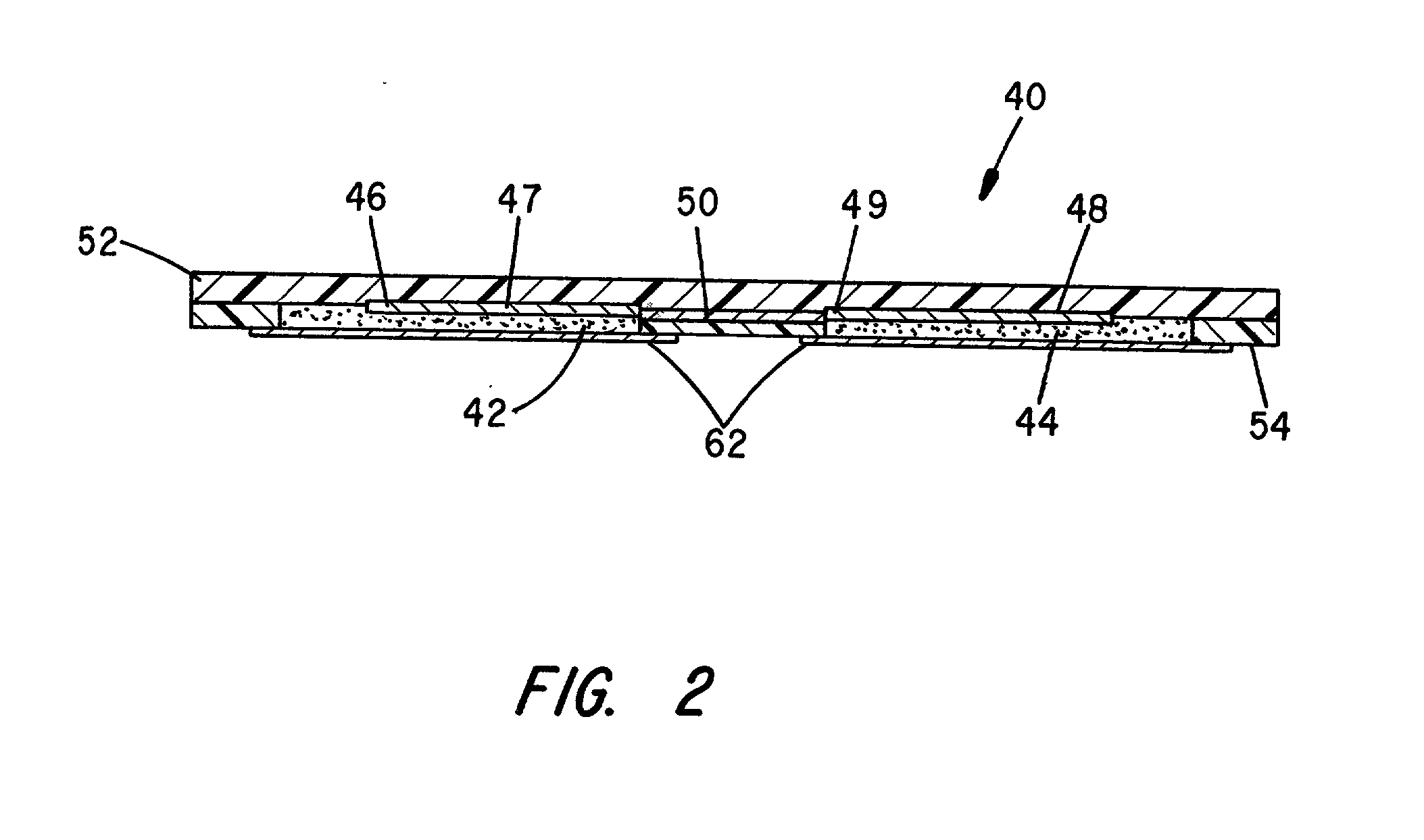Controlled dosage drug delivery
a technology of therapeutic agents and dosage, applied in the direction of coating, other medical devices, therapy, etc., can solve the problems of consuming instruments, caregivers and patients time, and limiting the mobility of patients and their ability to conduct normal daily activities
- Summary
- Abstract
- Description
- Claims
- Application Information
AI Technical Summary
Problems solved by technology
Method used
Image
Examples
Embodiment Construction
Lot Size 26,994 Sample Size 100 Average 77.65 Standard Deviation 2.49 Estimated Percent 0 Nonconforming Above Upper Limit Estimated Percent 1.087 Nonconforming Below Lower Limit Estimated Total Percent 1.087 Nonconforming Maximum Allowable 3.06 Percent Nonconforming Meet Specification? -- Yes or No Will Trimming Reduce NA Percent nonconforming? Yes or No
[0068]
2 Example II Lot Size 70,000 Sample Size 150 Average 79 Standard Deviation 3.5 Estimated Percent 0.473 Nonconforming Above Upper Limit Estimated Percent 2.22 Nonconforming Below Lower Limit Estimated Total Percent 2.69 Nonconforming Maximum Allowable 2.88 Percent Nonconforming Meet Specification? -- Yes or No Will Trimming Reduce Percent nonconforming? Yes or No
[0069]
3 Example III Lot Size 187,640 Sample Size 200 Average 78.9 Standard Deviation 3.5 Estimated Percent 0.441 Nonconforming Above Upper Limit Estimated Percent 2.40 Nonconforming Below Lower Limit Estimated Total Percent 2.841 Nonconforming Maximum Allowable 2.86 Perc...
PUM
 Login to View More
Login to View More Abstract
Description
Claims
Application Information
 Login to View More
Login to View More - R&D
- Intellectual Property
- Life Sciences
- Materials
- Tech Scout
- Unparalleled Data Quality
- Higher Quality Content
- 60% Fewer Hallucinations
Browse by: Latest US Patents, China's latest patents, Technical Efficacy Thesaurus, Application Domain, Technology Topic, Popular Technical Reports.
© 2025 PatSnap. All rights reserved.Legal|Privacy policy|Modern Slavery Act Transparency Statement|Sitemap|About US| Contact US: help@patsnap.com



